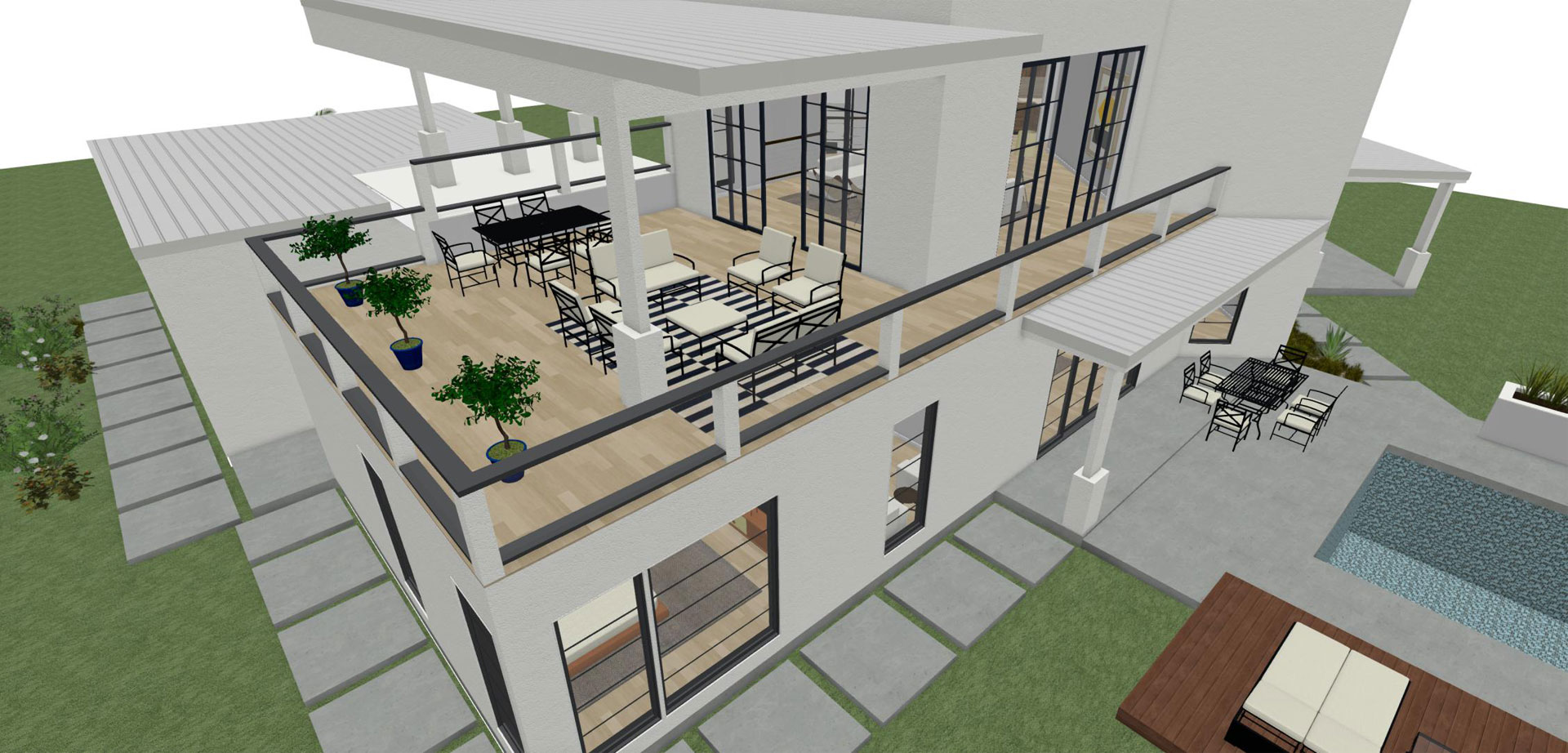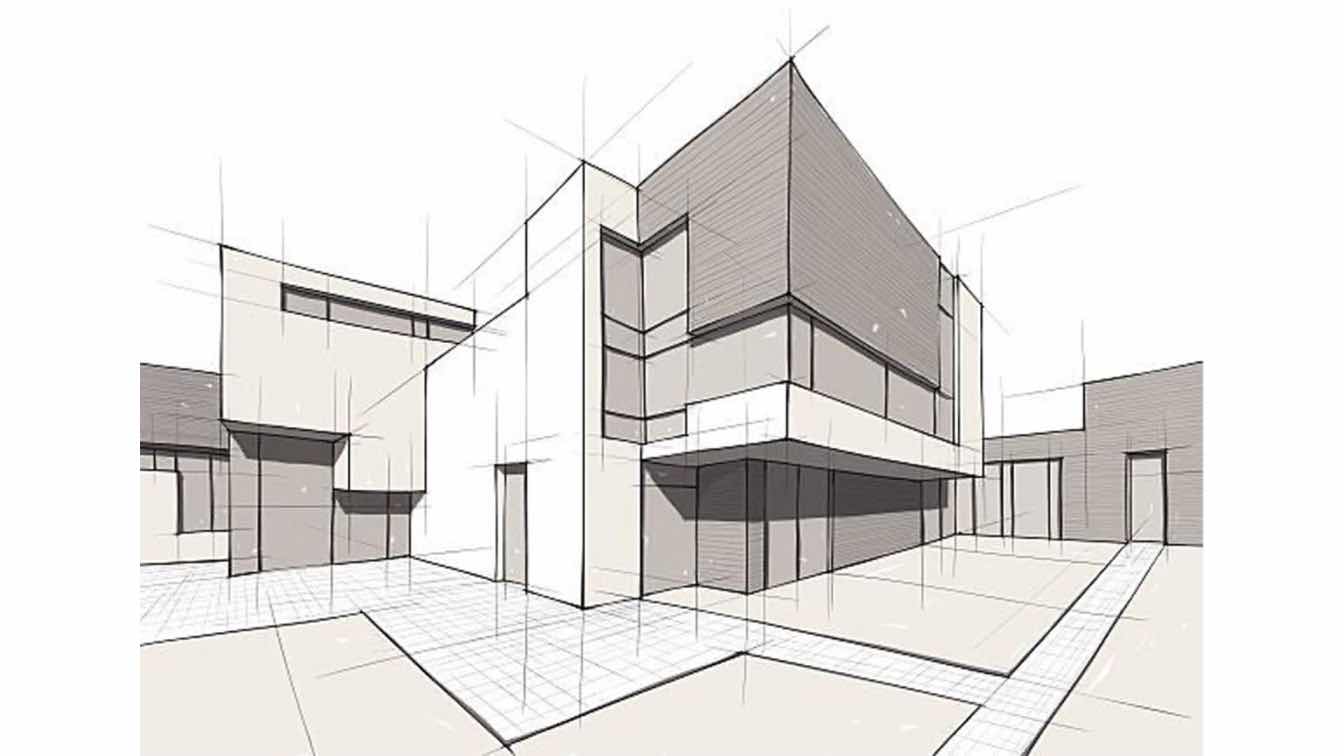The Creative Refine Behind Successful Jobs from CDA Architects
The Creative Refine Behind Successful Jobs from CDA Architects
Blog Article
The Essential Function of a Designer fit Lasting Urban Settings for Future Generations
The function of an architect in crafting sustainable urban environments is increasingly critical in responding to the obstacles of environment adjustment and urbanization. By effortlessly incorporating environmental principles into their designs, architects not just boost the visual and useful top quality of city areas however additionally address pushing concerns such as power performance and social equity. Their know-how in cutting-edge materials and community engagement shapes developments that resonate with local worths and desires. As we check out the complexities of this area better, it ends up being evident that the future of metropolitan living may pivot on the very techniques designers use today.
Understanding Lasting Urban Design
Lasting urban style incorporates eco-friendly principles with city planning to produce environments that are not only livable however additionally resilient. This technique emphasizes the value of incorporating all-natural systems right into the metropolitan fabric, making sure that development satisfies the requirements of the present without jeopardizing the capability of future generations to fulfill their own requirements. Crucial element of sustainable city layout include efficient land use, the promotion of biodiversity, and the assimilation of environment-friendly spaces, all of which add to boosted high quality of life for citizens.
In addition, lasting metropolitan style prioritizes the decrease of the urban warmth island result, boosted air top quality, and efficient stormwater management. It motivates the usage of renewable sources and energy-efficient structure methods, which substantially reduced carbon footprints. In addition, lasting city style cultivates social equity by developing easily accessible public rooms and advertising mixed-use advancements that deal with diverse populaces.
Through thoughtful planning and ingenious layout strategies, sustainable metropolitan atmospheres can improve area strength versus environment modification while cultivating financial growth. This holistic method not just addresses prompt city obstacles however likewise lays the groundwork for much healthier, a lot more lasting cities for generations ahead.
Key Obligations of Architects
Architects play a critical function in shaping lasting city environments by translating layout concepts into tangible structures and areas. Their responsibilities include a wide variety of tasks that add to the general success of city layout jobs.
Most importantly, engineers carry out extensive site analyses to recognize the environmental, social, and cultural context of their jobs. This foundational knowledge notifies their layout decisions, ensuring that structures balance with their surroundings. They likewise participate in joint procedures with stakeholders, including city coordinators, designers, and the community, fostering a comprehensive approach to city advancement.
Furthermore, designers are charged with developing styles that enhance power efficiency, source conservation, and performance. They must follow neighborhood zoning regulations, building codes, and sustainability qualifications, guaranteeing conformity while pressing the limits of technology.

Cutting-edge Products and Techniques
In the pursuit of eco accountable layout, cutting-edge materials and methods have actually become important components in the creation of lasting city settings. Engineers are significantly making use of products that reduce ecological effect while improving energy efficiency. For instance, recycled products, such as reclaimed timber and repurposed steels, not only reduce waste but also include unique aesthetic top qualities to structures.
In addition, improvements in innovation have resulted in the growth of high-performance materials, such as insulated click for more info concrete types (ICFs) and photovoltaic glass, which add to energy preservation and harness sustainable power. Strategies such as easy solar design and eco-friendly roof coverings further exemplify exactly how style can harmonize with all-natural systems, decreasing reliance on fabricated cooling and heating.
In addition, the combination of smart materials, which adapt to ecological changes, offers encouraging methods for boosting building efficiency - cda architects. These products can react to temperature variations or wetness degrees, optimizing comfort and sustainability
Ultimately, the strategic selection and application of innovative materials and methods equip designers to produce city spaces that are not just practical and visually pleasing however also durable and eco liable, ensuring a sustainable future for generations ahead.
Community Engagement and Cooperation
The success of cutting-edge materials and techniques in lasting city style is substantially improved by energetic community involvement and collaboration. Architects have to acknowledge that the built environment greatly affects the lives of regional citizens, making it important to involve them in the style procedure. Involving the area promotes a feeling of ownership and accountability, making sure that advancements not only meet aesthetic and useful demands yet also show the values and aspirations of those who occupy them.

Effective neighborhood interaction also assists in focusing on social equity within city advancement. By considering the voices their website of marginalized populations, engineers can develop rooms that are inclusive and equitable. In this method, area interaction and cooperation become essential to achieving absolutely sustainable city atmospheres that serve the needs of current and future generations.
Future Patterns in Lasting Style

Furthermore, advancements in technology are shaping future trends in sustainable design. The assimilation of wise products and structure systems permits for real-time energy administration, improving efficiency and lowering carbon impacts. Innovations such as environment-friendly roof coverings, living wall surfaces, and energy-generating exteriors are coming to be read review basic techniques, better promoting ecological equilibrium within city environments.
In addition, a shift in the direction of biophilic style is obtaining traction, emphasizing the connection between nature and human health. By including all-natural components, engineers create areas that cultivate psychological health and wellness while promoting biodiversity.
Verdict
Finally, architects are essential beforehand lasting metropolitan atmospheres via their competence in layout, innovative products, and neighborhood engagement. By focusing on power efficiency and source preservation, these specialists add to the production of resilient metropolitan spaces that meet the needs of existing and future generations - cda architects. The integration of ecological concepts not only enhances livability but also cultivates social equity, ensuring developments resonate with the values and ambitions of the neighborhoods they offer
Report this page